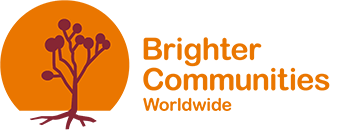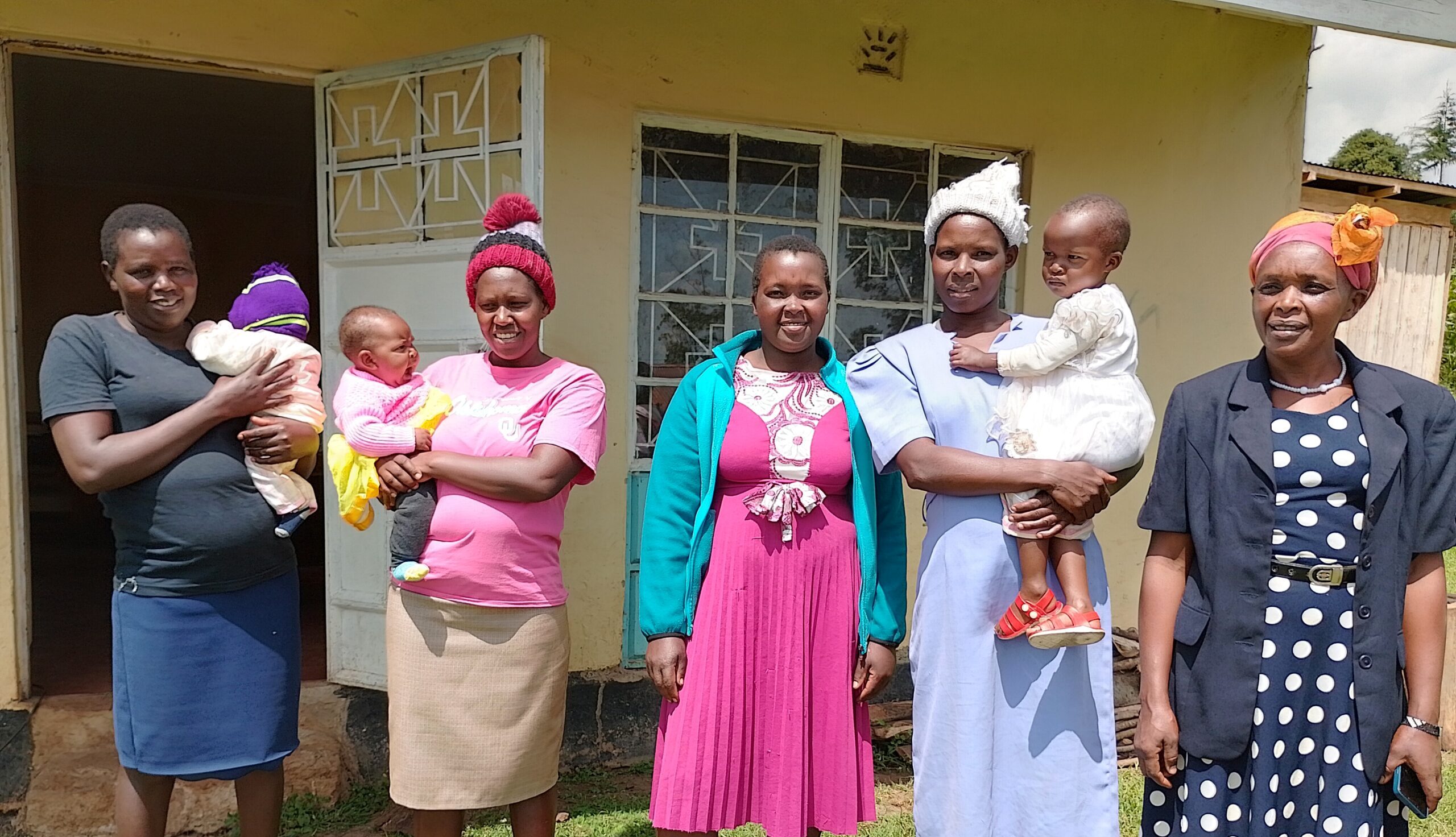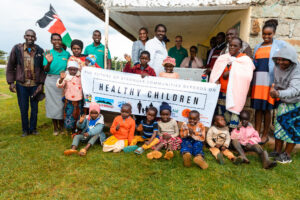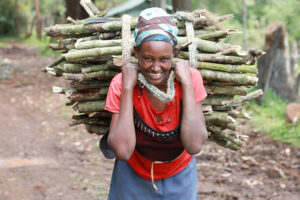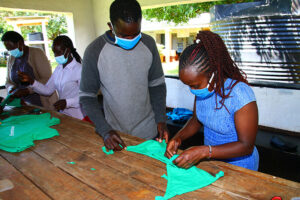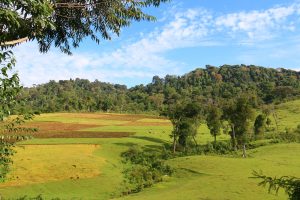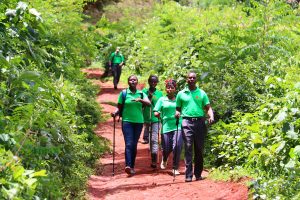When you think about overseas aid, you might picture emergency food relief, disaster response teams, or healthcare workers vaccinating children. What you may not realise is just how much of this work relies on one major player: USAID, the U.S. government’s agency for international development.
For decades, USAID has been a global lifeline, funding healthcare, education, clean water, and disaster relief in more than 60 countries. It has helped millions of people survive and thrive providing more than 42% of global humanitarian funding. Now, that lifeline is being abruptly cut under the Trump administration with an immediate halt to foreign aid disbursements and a “stop works” orders on existing projects.
USAID funding has been slashed, and its workforce has been gutted—from over 10,000 employees to fewer than 300. This is not just a bureaucratic reshuffle. It is a decision that puts millions of lives at risk.
Why Should You Care? You may not work in international development. You may never have heard of USAID before today. However, its impact is everywhere.
- If you care about children getting access to life-saving vaccines, USAID has helped make that happen.
- If you believe women should be able to give birth safely, USAID has provided maternal healthcare for millions.
- If you believe people deserve clean water and access to food, USAID has kept families alive by providing clean water and food to millions of families.
- If you think people living with HIV/AIDS deserve treatment, USAID has funded essential programs to keep them alive.
Now, those services are vanishing. The most vulnerable—those living in extreme poverty, those with no safety net—will suffer the most.
A Health System on the Brink
At Brighter Communities Worldwide, we do not receive direct funding from USAID. However, in Kenya, where we work, the effects of these cuts are devastating.
Healthcare workers are losing their jobs. Hospitals and clinics are struggling to keep their doors open. Services that once saved lives are now at risk of collapsing entirely. Every day since the news broke we are hearing from our partners in the health system – to listen to their stories, see the stress on their faces is deeply upsetting and concerning. In my view this changes everything. It will undo all of the progress made in efforts to recover from the strain that the pandemic placed on the health system.
- Thousands of nurses, doctors, and community health workers—many of whom were funded through USAID-backed programmes—are being laid off or working without pay.
- Rural clinics that once provided HIV treatment, maternal care, and disease prevention services are being forced to close or reduce services.
- Pregnant women are travelling longer distances—sometimes on foot—just to reach the nearest health centre, only to find that critical supplies and trained staff are no longer available.
- For people living with HIV/AIDS, the situation is catastrophic. The free supply of life-saving Anti-Retroviral Drugs (ARVs) is gone. These medicines, which keep millions alive, are no longer available in clinics and hospitals. So many young women and men on ARV treatment since they were born now face the harsh reality of an illness that will likely kill them without access to treatment.
- Without USAID funding, there is no alternative. Those who need ARVs the most—often the poorest and most vulnerable—simply cannot afford them. The brutal reality is that people who were once stable on treatment are now being left to die.
This is not an isolated issue—it is affecting millions across the country. Kenya’s health system, already stretched thin, is now at a breaking point. When healthcare collapses, it doesn’t just impact the sick—it affects entire communities, economies, and future generations.
We Cannot Look Away
This isn’t just about politics. It’s about real people—parents, children, entire communities—being abandoned. When aid is cut, suffering doesn’t just disappear. It multiplies. It forces families into impossible choices: choosing between food and medicine, between education and survival. It makes poverty harder to escape. It reverses years of progress.
We can do something.
- We can speak out and demand that governments and donors step up to fill the gaps.
- We can support organisations that are working tirelessly to protect the most vulnerable.
- We can remind the world that when aid disappears, human lives are at stake.
This is not just a policy change. It’s a moral failure. And we cannot afford to be silent.
Will we let millions suffer in the shadows, or will we stand up and fight for them?
Maria Kidney Co Founder of Brighter Communities Worldwide
